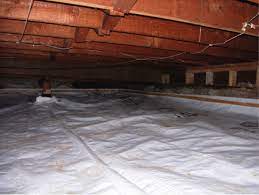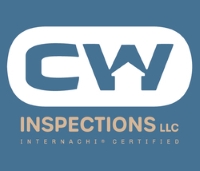Crawlspace humidity and ventilation
If you live in South Louisiana, chances are your home has a crawlspace. While crawlspaces can be convenient for accessing utilities and storage, they also come with their fair share of problems. One of the most common issues with crawlspaces is humidity, which can lead to mold growth, structural damage, and poor indoor air quality. In this blog post, we’ll explore the importance of proper ventilation and vapor barriers in South Louisiana crawlspaces.
First, let’s talk about humidity. In South Louisiana, the hot and humid climate can make crawlspaces a breeding ground for moisture. When moisture accumulates in a crawlspace, it can lead to a variety of problems. For example, mold and mildew can grow on organic materials like wood, insulation, and even concrete. These fungi can release spores into the air, which can aggravate allergies and cause respiratory problems for you and your family.
In addition to mold growth, high humidity can also lead to structural damage. When moisture is absorbed by wooden beams, it can cause them to warp and weaken over time. This can compromise the stability of your home’s foundation and lead to costly repairs.
So, what can you do to prevent humidity in your crawlspace? The answer is proper ventilation, a vapor barrier and prevent standing water in the crawlspace. Ventilation allows air to circulate through your crawlspace, which helps to reduce humidity levels. A vapor barrier, on the other hand, is a plastic sheet that is installed on the ground in your crawlspace. This barrier prevents moisture from seeping up into your home.
Here are some pictures of a crawlspace with proper ventilation and a vapor barrier:

In this picture, you can see the vapor barrier installed on the ground of the crawlspace. The white plastic sheet is sealed at the seams and attached to the foundation walls. This prevents moisture from seeping up into the home.

In this picture, you can see two ventilation fans installed in the crawlspace. These fans help to circulate air through the crawlspace, which reduces humidity levels.
It’s important to note that not all crawlspaces are created equal. The type of ventilation and vapor barrier you need will depend on a variety of factors, such as the size and layout of your crawlspace, the type of foundation you have, and the climate in your area. That’s why it’s important to consult with a professional home inspector who can assess your crawlspace and recommend the best course of action.
In conclusion, if you live in South Louisiana, it’s important to address issues with crawlspace humidity and vapor barriers. Proper ventilation and a vapor barrier can help to prevent mold growth, structural damage, and poor indoor air quality. Contact a professional home inspector to assess your crawlspace and recommend the best course of action for your home.
C.W. Inspections
